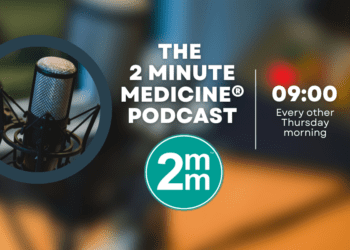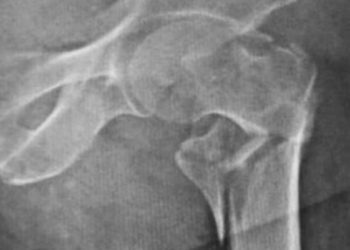Providing unlimited, immediate access to opioid agonist therapy to people with opioid use disorders could save billions and improve outcomes
1. Unlimited, immediate access to opioid agonist treatment (OAT) was shown, through a simulation, to be more cost effective compared to the Observed California care and California guideline treatment strategies.
2. Simulation results also indicated that unlimited, immediate access to OAT would increase quality of life years (QALY) gained and other health outcomes, such as HIV incidence, compared to current standards of care.
Evidence Rating Level: 2 (Good)
Study Rundown: While the rates of opioid use have dramatically increased in the United States, there has not been a parallel increase in opioid treatment to reflect the rising rates of this usage disorder. Currently, California has the highest volume of persons with an opioid use disorder in the United States. Despite these numbers many patients are not receiving the international evidence-based standard of care for opioid use—initial, unlimited access to OAT. The authors of this study aimed to assess the effectiveness of unlimited OAT, both in terms of health and cost-effectiveness outcomes, compared to the current standard of care in California’s publicly funded treatment facilities. Through a model-based cost-effectiveness analysis, it was observed that unlimited and immediate OAT access is more cost effective and improves outcomes compared to traditional care. This study has several limitations. First, the study was restricted solely to publically funded opioid use disorder treatment and did not include office-based settings. Additionally, the authors generated limited data that could be applied to evaluate accessibility of direct-acting antiviral therapy among the study population. Overall, the results of the study suggest that switching to an initial, unlimited OAT model of care could save significant costs and improve health outcomes for opioid use disorder patients in California.
Click to read the study in the Annals of Internal Medicine
Relevant Reading: A systematic review of health economic models of opioid agonist therapies in maintenance treatment of non-prescription opioid dependence
In-Depth [retrospective cohort]: In order to assess the effectiveness of initial, unlimited OAT, the authors conducted a model-based cost-effectiveness analysis. Primary outcomes included mortality, HIV seroconversion, and incarceration. The data was retrieved from linked population-level administrative databases between the years of 2006-2010. With respect to outcomes, the authors observed that immediate access to OAT for all treatment patients was $78 257 less expensive compared to current standard of care. Furthermore, patients extended QALY by 0.42 when accessing immediate, unlimited OAT. The HIV incidence per 100 person-years for the immediate OAT strategy was 1.37, with a survival of 53.6%, compared to 1.64 and a survival of 50.9% for the observed California care and 2.20 and 49.3% for the California guideline. The sensitivity analysis, which consisted of 2000 simulations, indicated 99.6% sensitivity that the initial OAT strategy would reduce cost and improve health outcomes.
Image: PD
©2017 2 Minute Medicine, Inc. All rights reserved. No works may be reproduced without expressed written consent from 2 Minute Medicine, Inc. Inquire about licensing here. No article should be construed as medical advice and is not intended as such by the authors or by 2 Minute Medicine, Inc.







